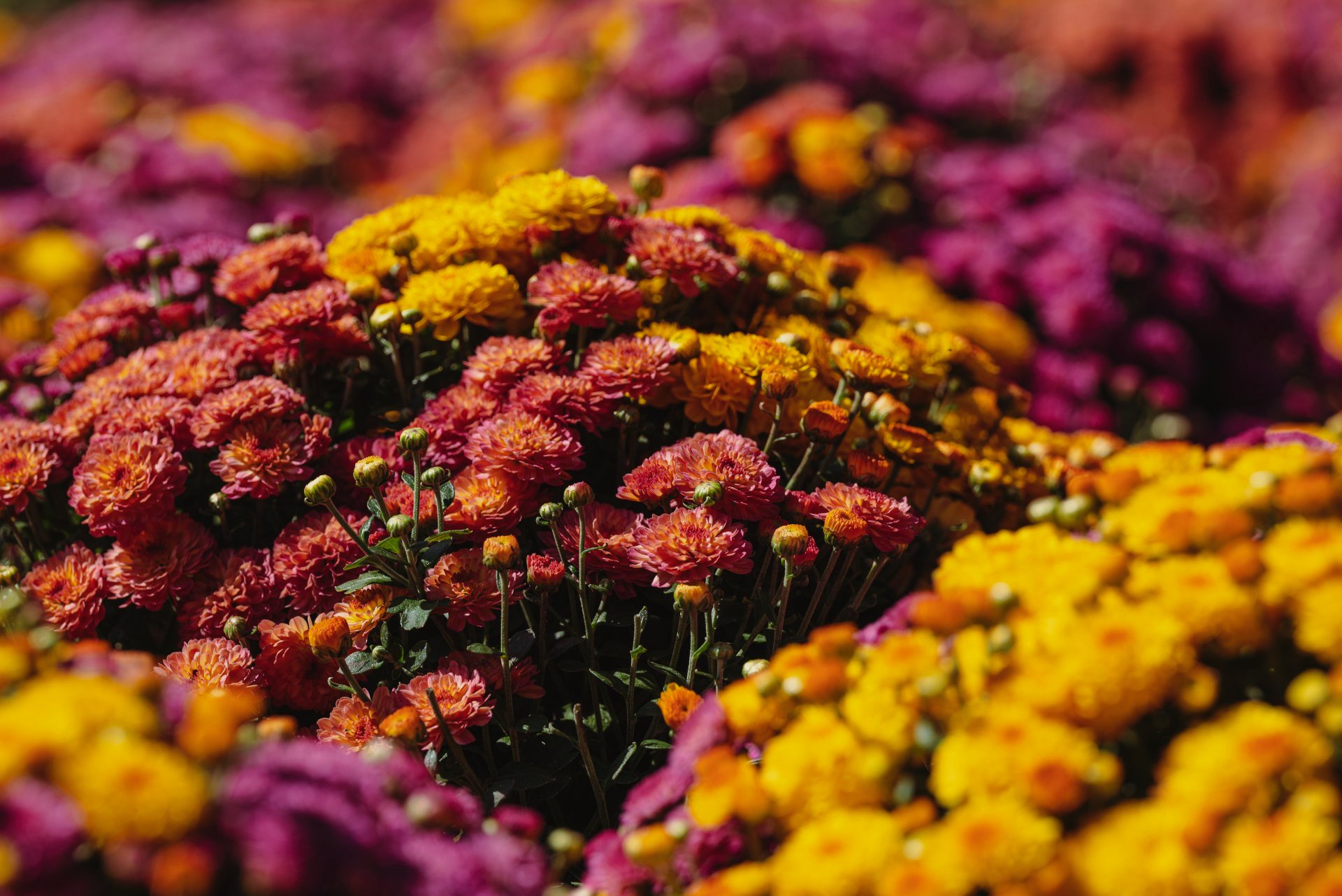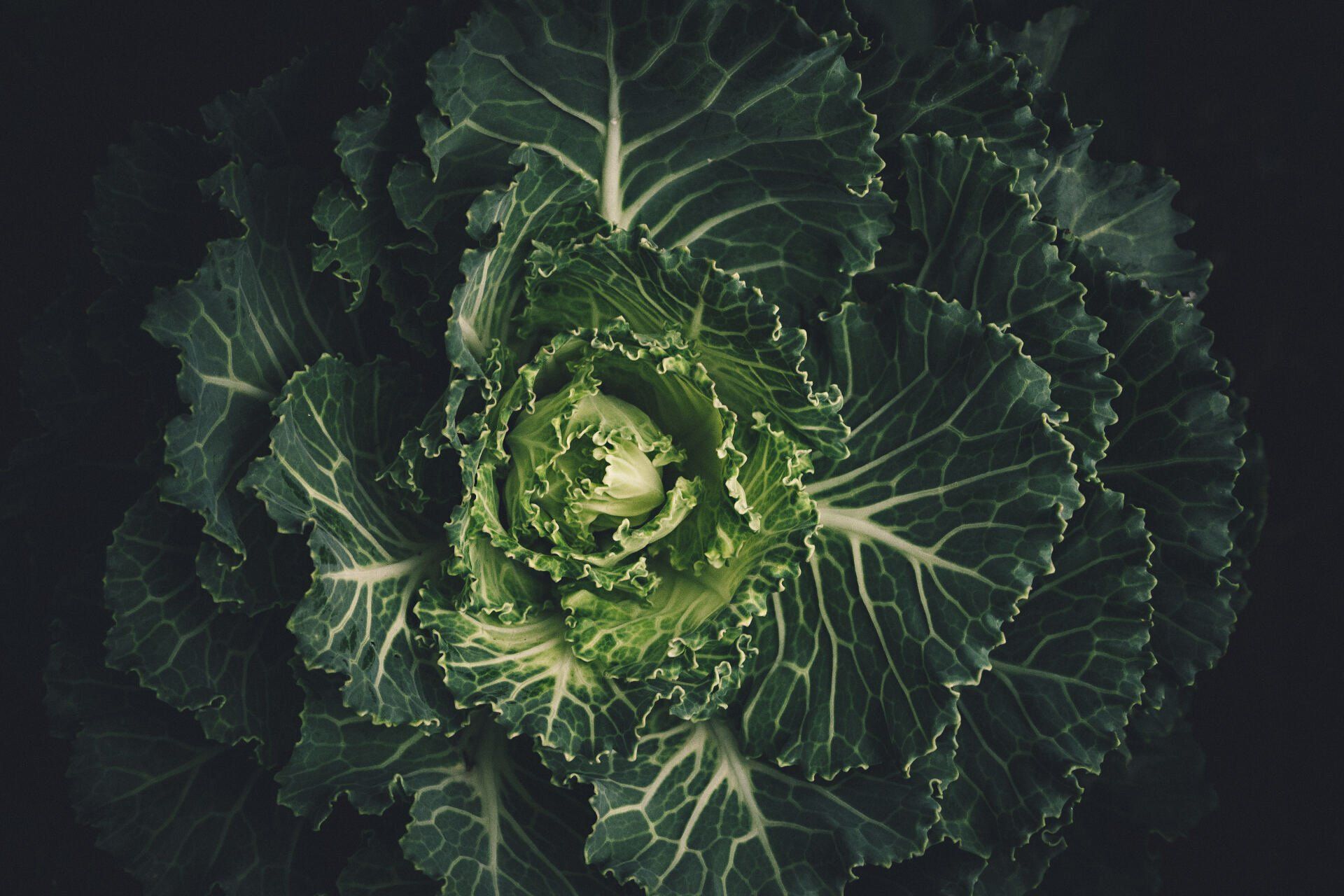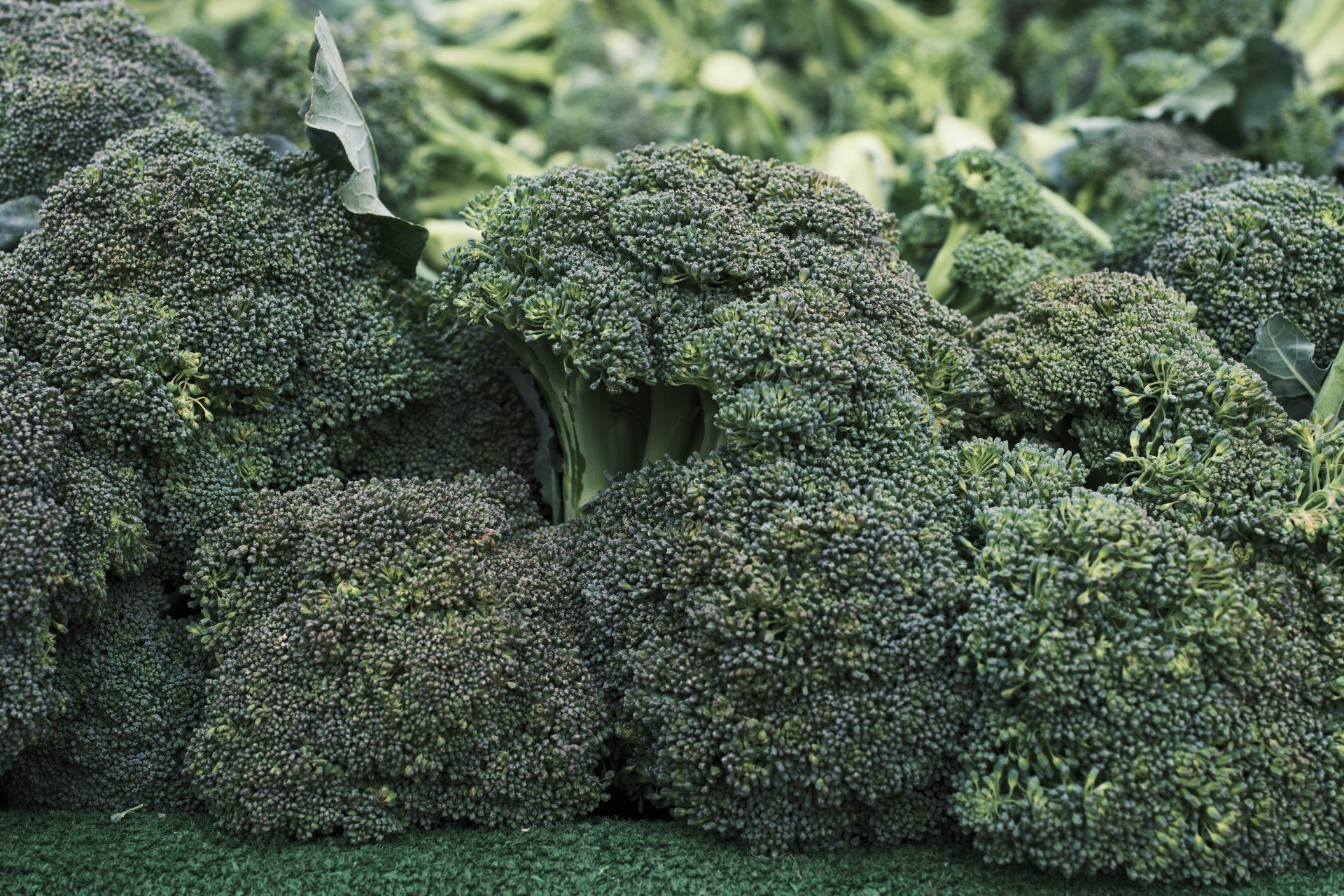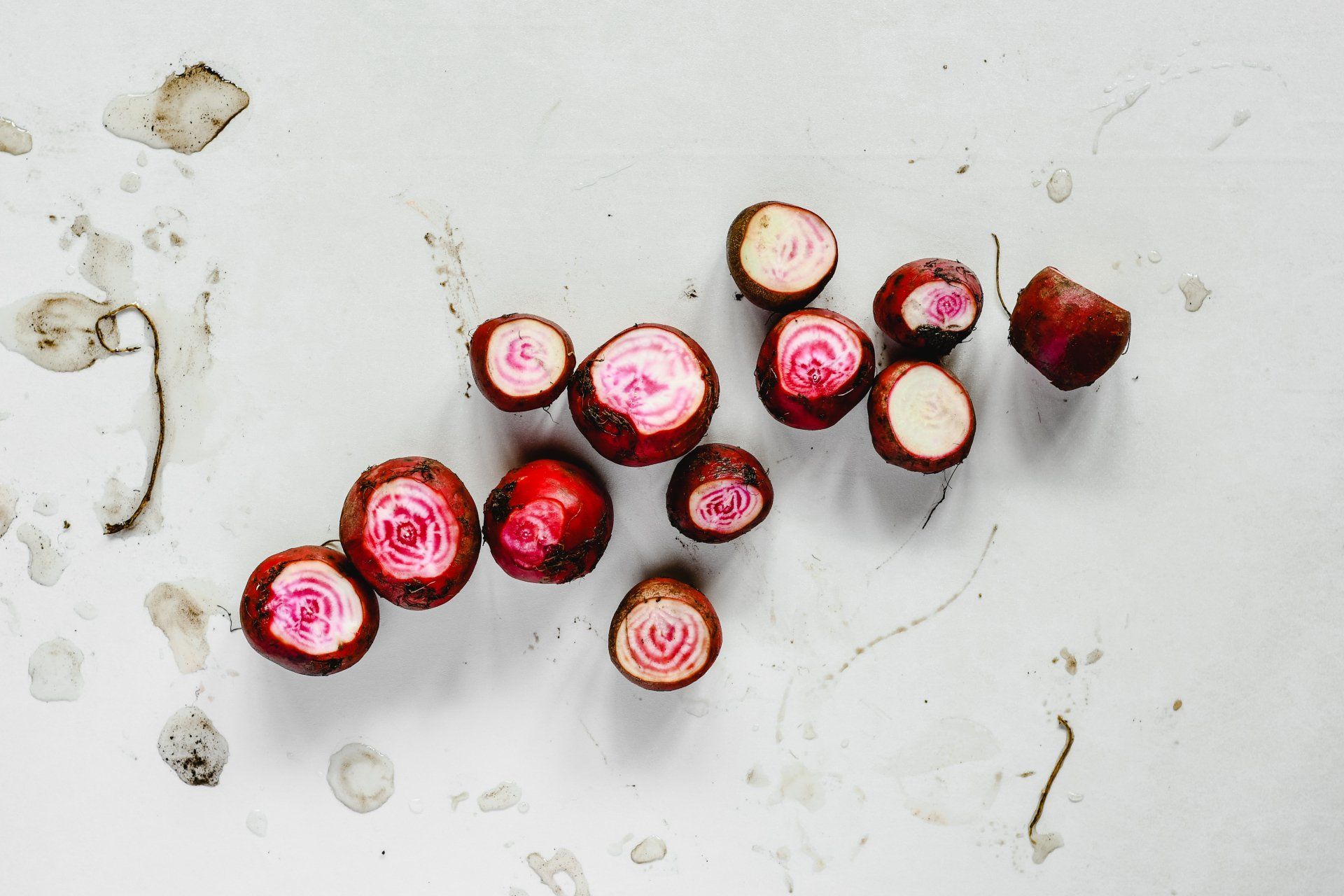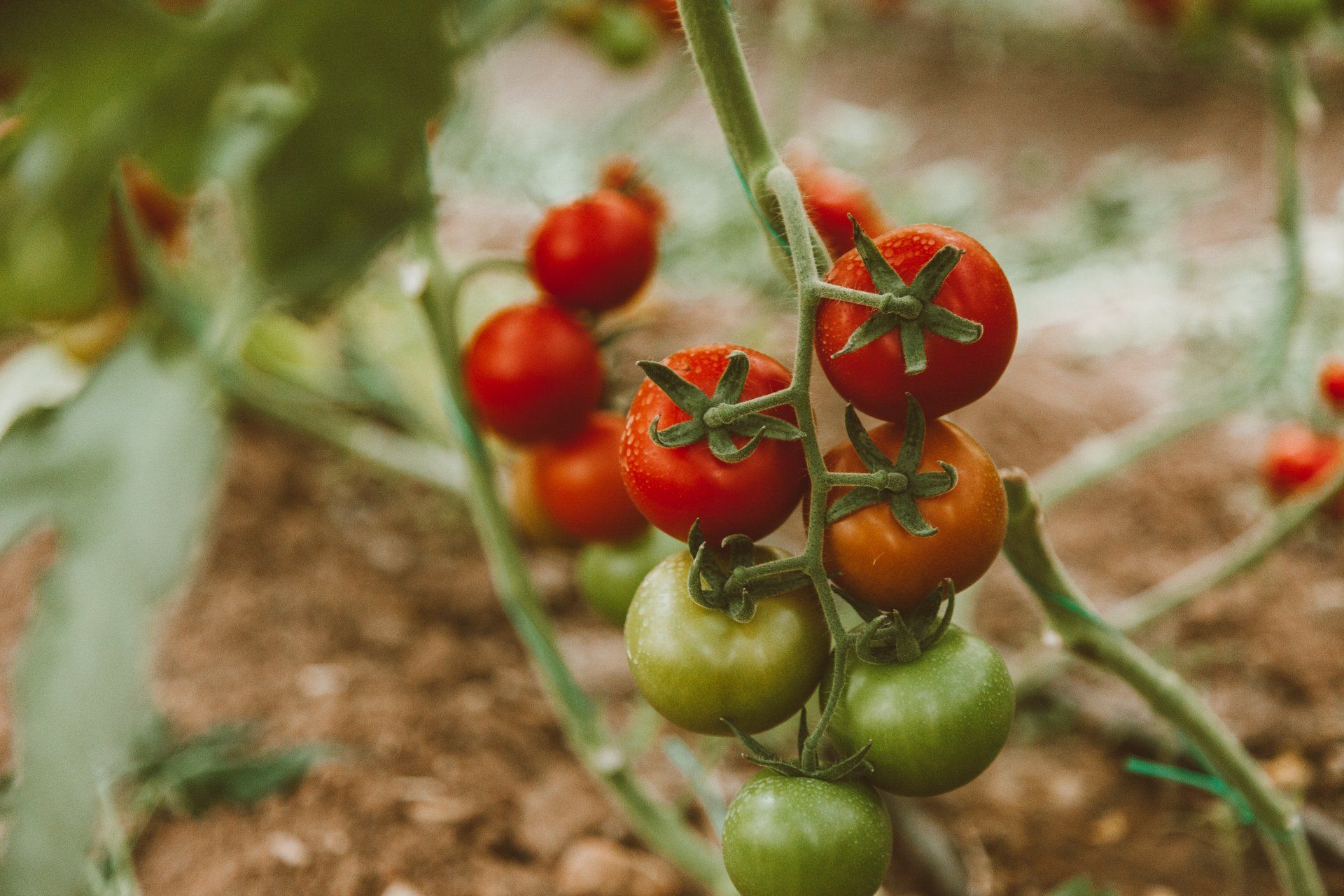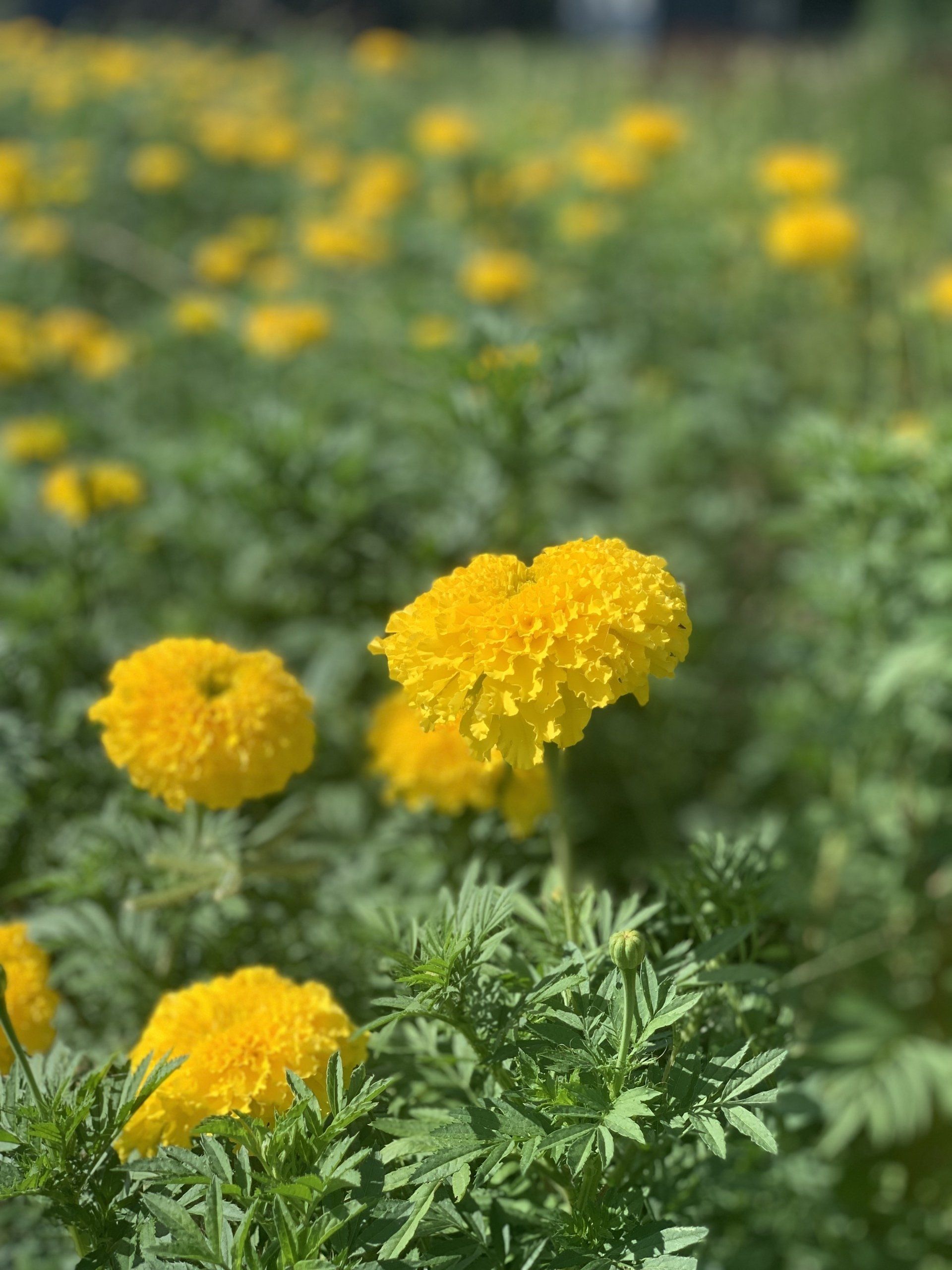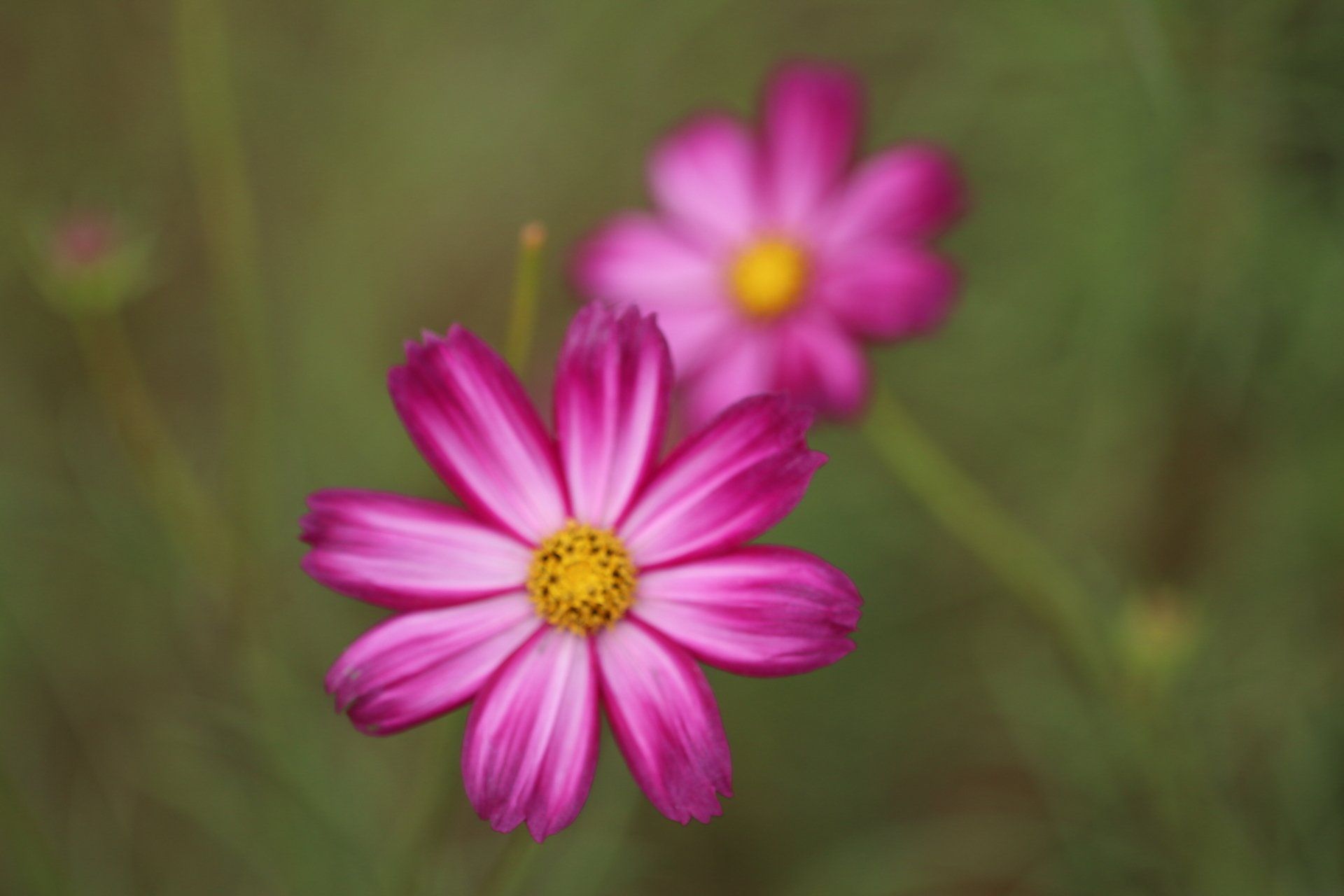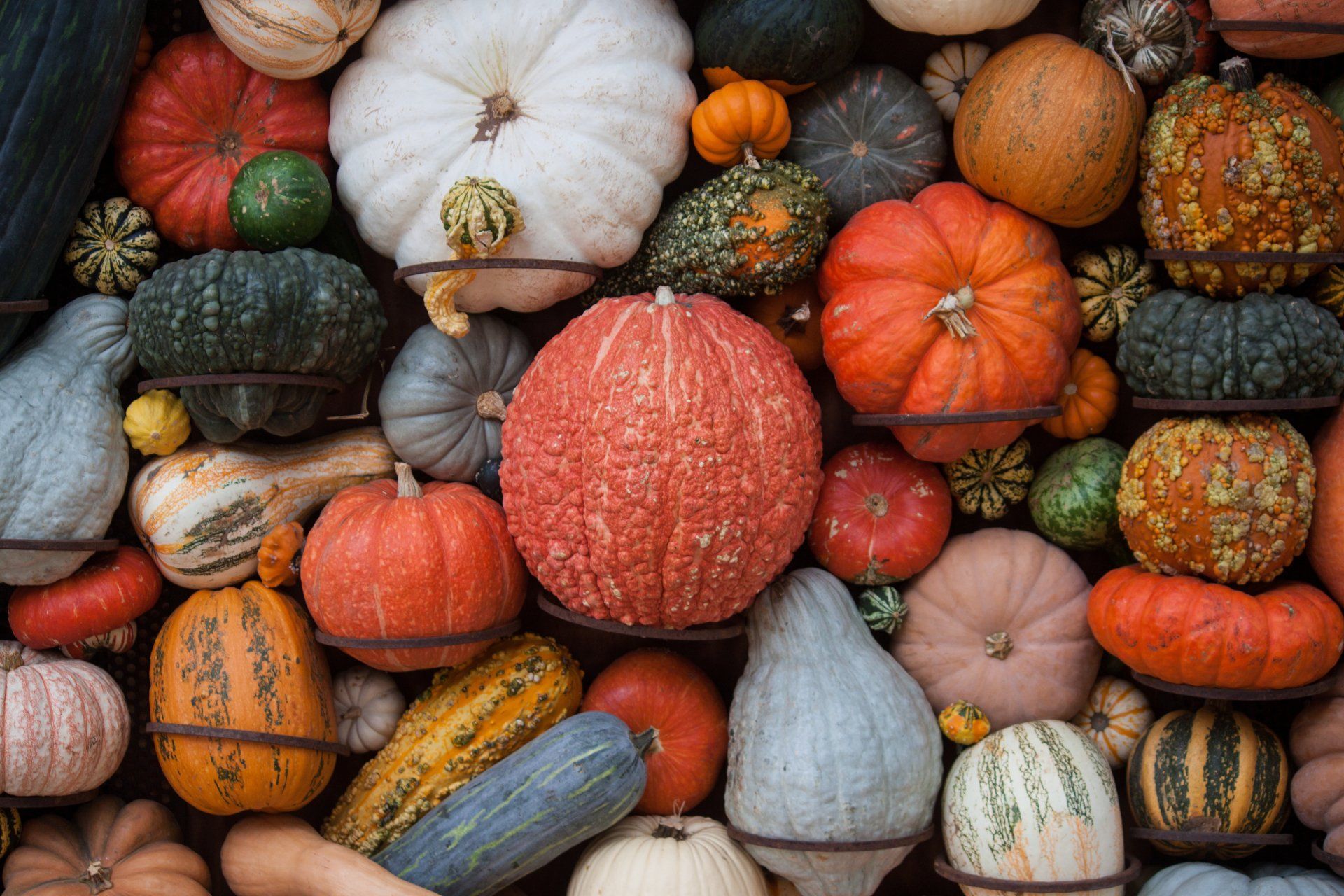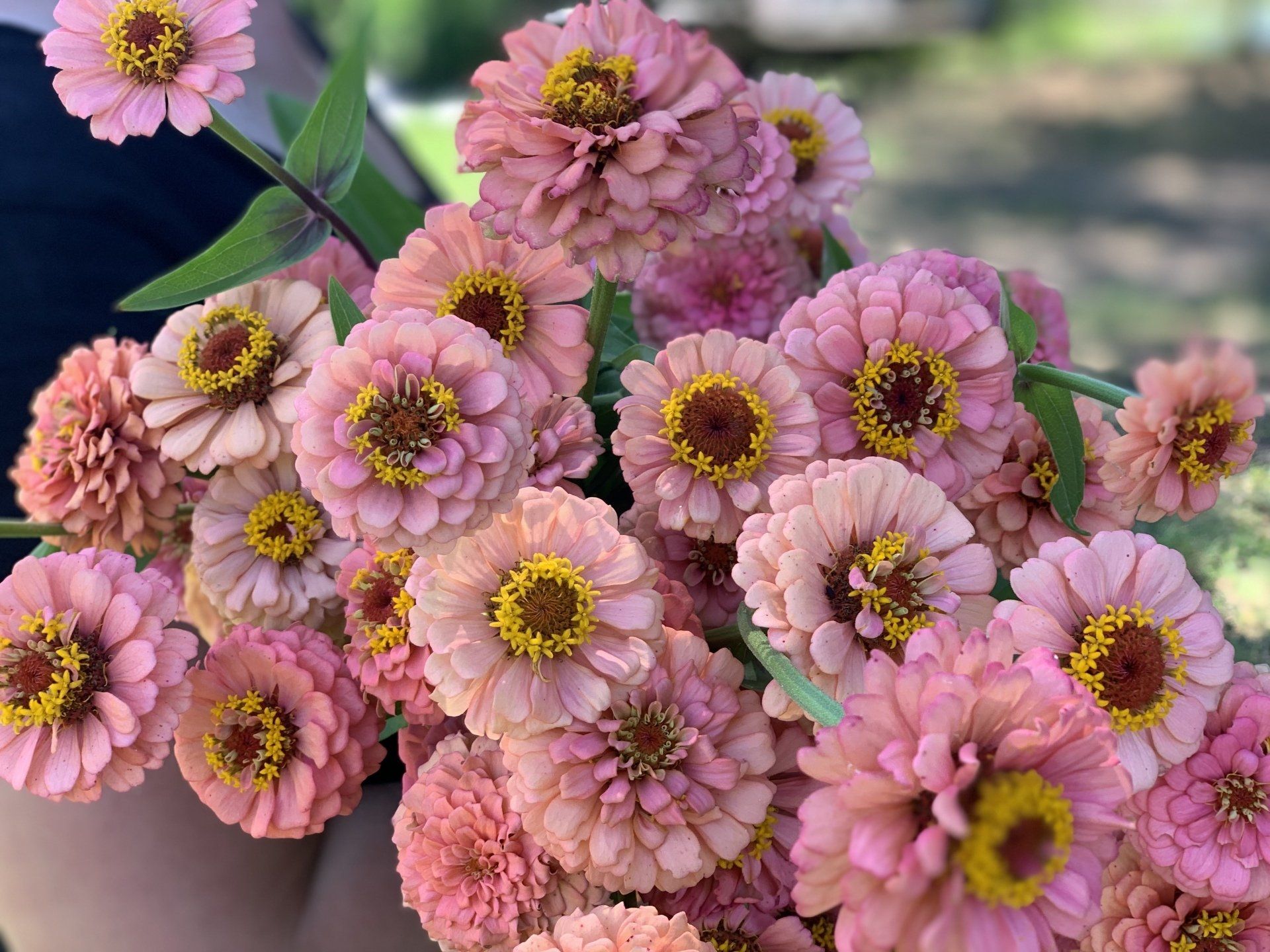A Southern Heat-Loving Favorite: Peppers!
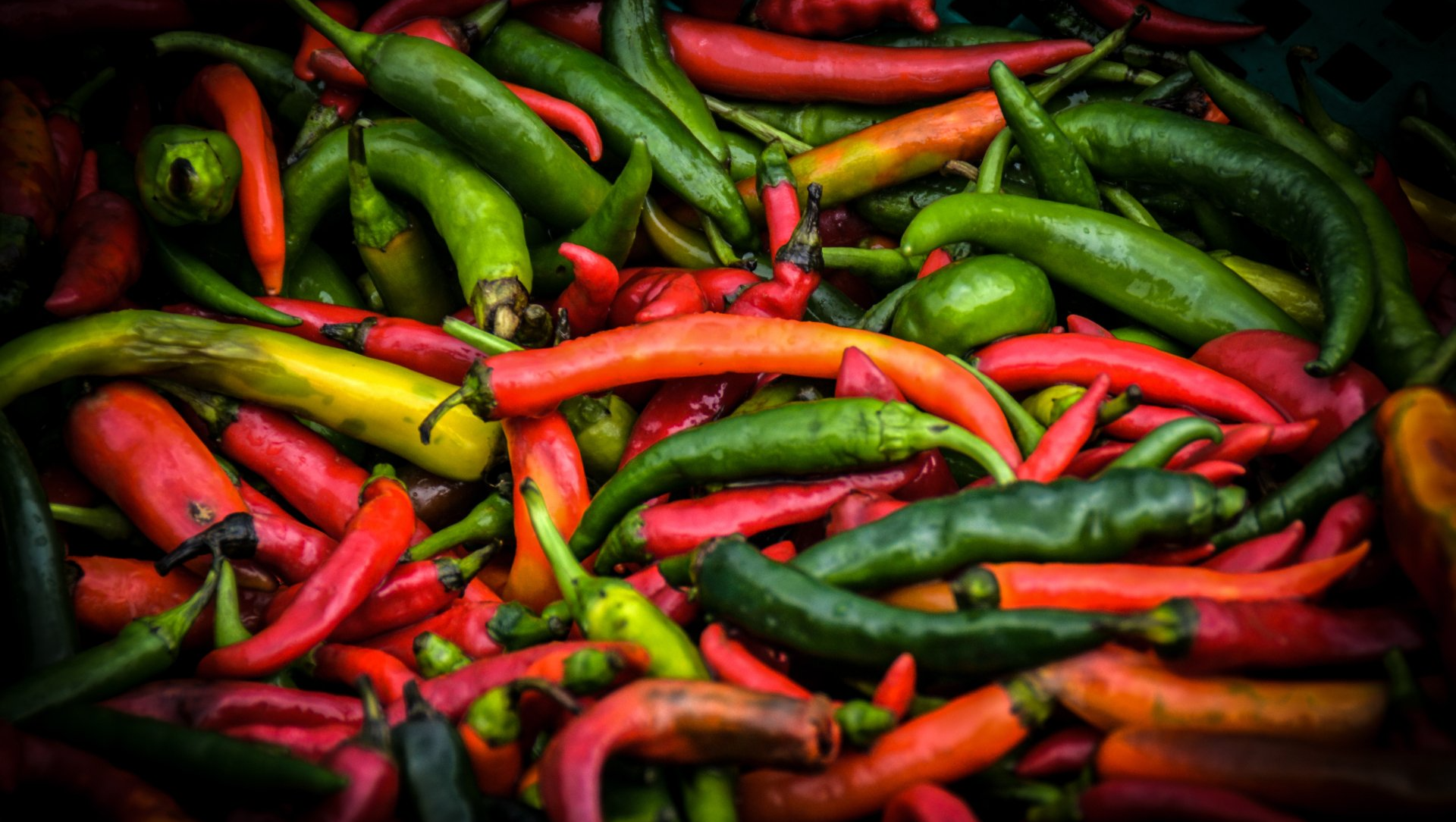
Peppers are a staple in any gardens and are so incredibly versatile and can be used or consumed in a large variety of ways. Peppers are a warm-season vegetable that grow in most Southern States really well and love the heat.
Peppers are wonderful to eat raw or cooked, eat them for a snack or as a garnish to a favorite dish, they can also be added to salads and casseroles, or served stuffed with seasoned bread crumbs or meat and baked with cheese. YUM!
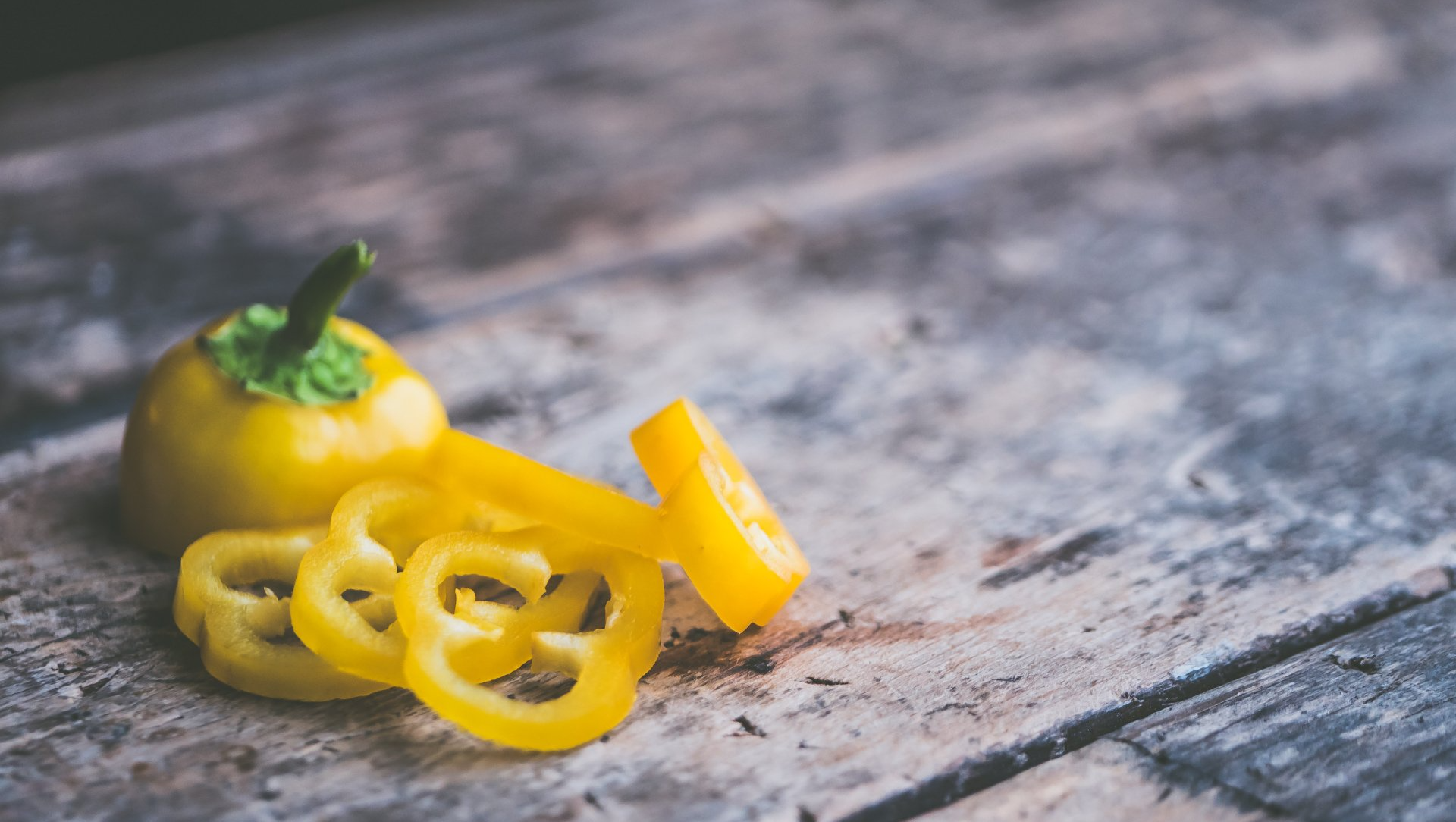
Site Selection
Peppers grow in all types of soils but the best recommendation is well-drained soils. They need to be in a spot that receives at least 6 hours of sunlight each day.
Before planting, work the soil with a shovel or broadfork about 6-10 inches deep to loosen the soil and rake it to break up the large chunks. Mixing in large amounts of organic matter will improve your plant health greatly, especially if you have heavy clay soil. Compost, peat moss, or rotted hay are all great options to use.
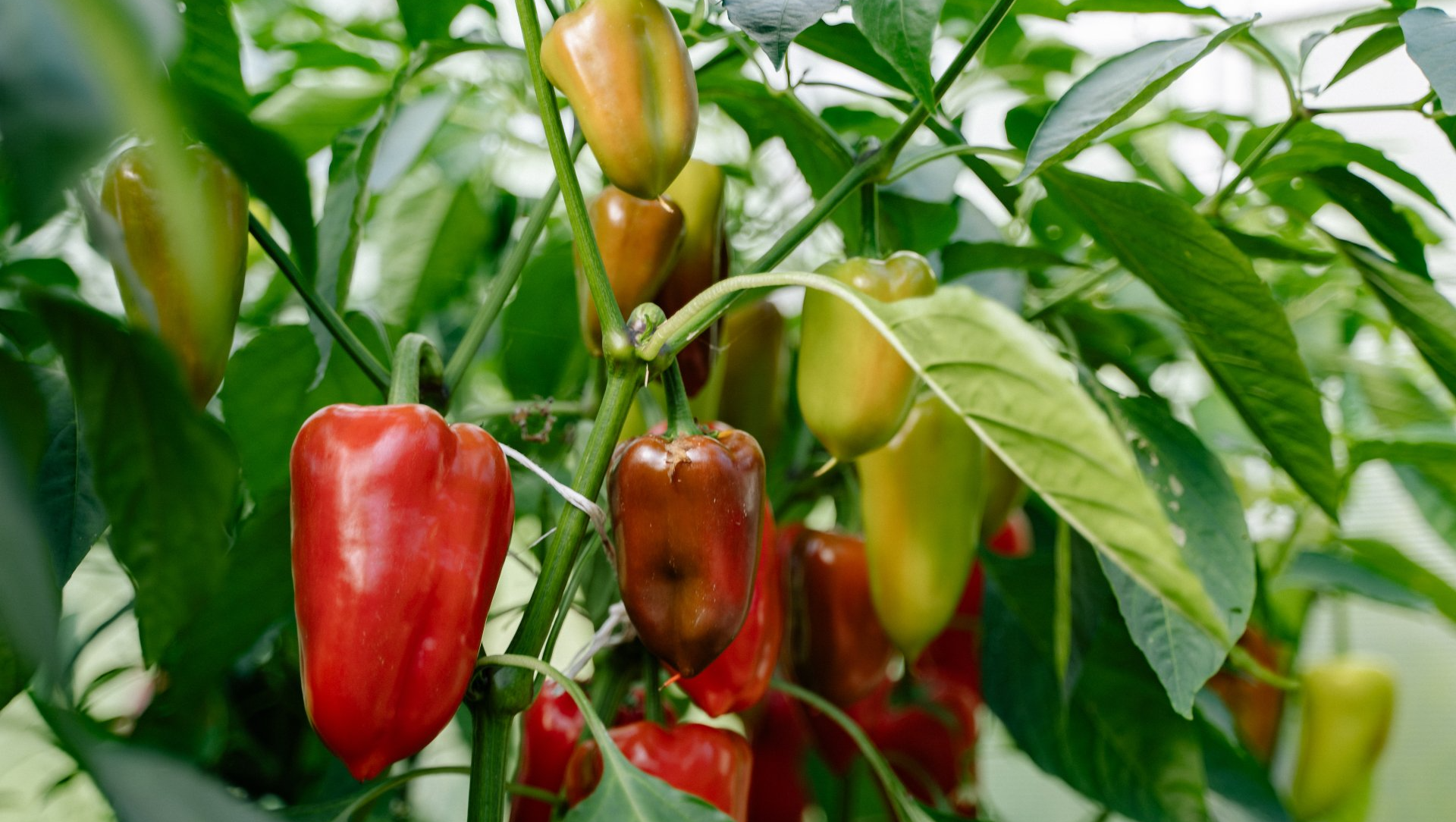
Planting & Watering
Depending on your goals, only a few plants may only be needed to feed your family. You can certainly start from seed or plants can be purchased from your local garden center or farmers market usually.
If starting from seed, try to start as early as possible. Where we live in North Houston, that is around early-mid March.
According to
Texas A&M Agrilife Extension, about 3-4 hot pepper plants and 8-10 sweet pepper plants are enough for a family of 4.
You will want to check on the plants several times a week to make sure they are getting enough water. Slow, deep watering helps the root system grow strong during the hot summer months. It is important not to let the plants wilt because this will decrease the yield and quality of the fruit.
Spacing
Pepper plants do get really big and it is best to be about 18-24 inches apart in a sunny spot. At the time of planting, I like to dig out my hole and put a generous cup of compost in and then plant.

Different Varieties Available
The best varieties for growing here in Texas as recommended by Texas A&M Agrilife Extension include the following for sweet and hot pepper varieties:
Sweet: Bell Tower, Big Bertha, California Wonder, Gypsy, Jupiter, Yolo Wonder
Hot: Hidalgo Serrano, Hungarian Wax, Jalapeno, Long Red Cayenne, TAM Mild Jalapeno
Pests & Disease
Like growing most veggies, fighting the pests and diseases are a hard battle each growing season. It really is helpful to research the best for your area and to grow disease-resistant varieties.
The most common types of pests for pepper plants are cutworms, flea beetles, aphids, and whiteflies. Neem oil or insecticidal soap can be used first. If not successful, pyrethrin can also be used which is another good organic option.
The mosaic virus is a common disease with pepper as well as bacterial spot. Drip irrigation is very helpful to prevent fungus and bacterial diseases. Blossom end rot can be prevented with adequate soil calcium and regular moisture.
Another idea is to plant companion plants near your pepper to help the plants thrive - either because of pest control, pollinator, or increasing productivity. A plant foe is one that prevents peppers from thriving.
The following are a pepper plants companions: basil, cilantro, okra, spinach, onions, tomatoes.
Peppers don’t like the company of members of the Brassica family or with fennel. Avoid planting near an apricot tree as well and also bean plants.
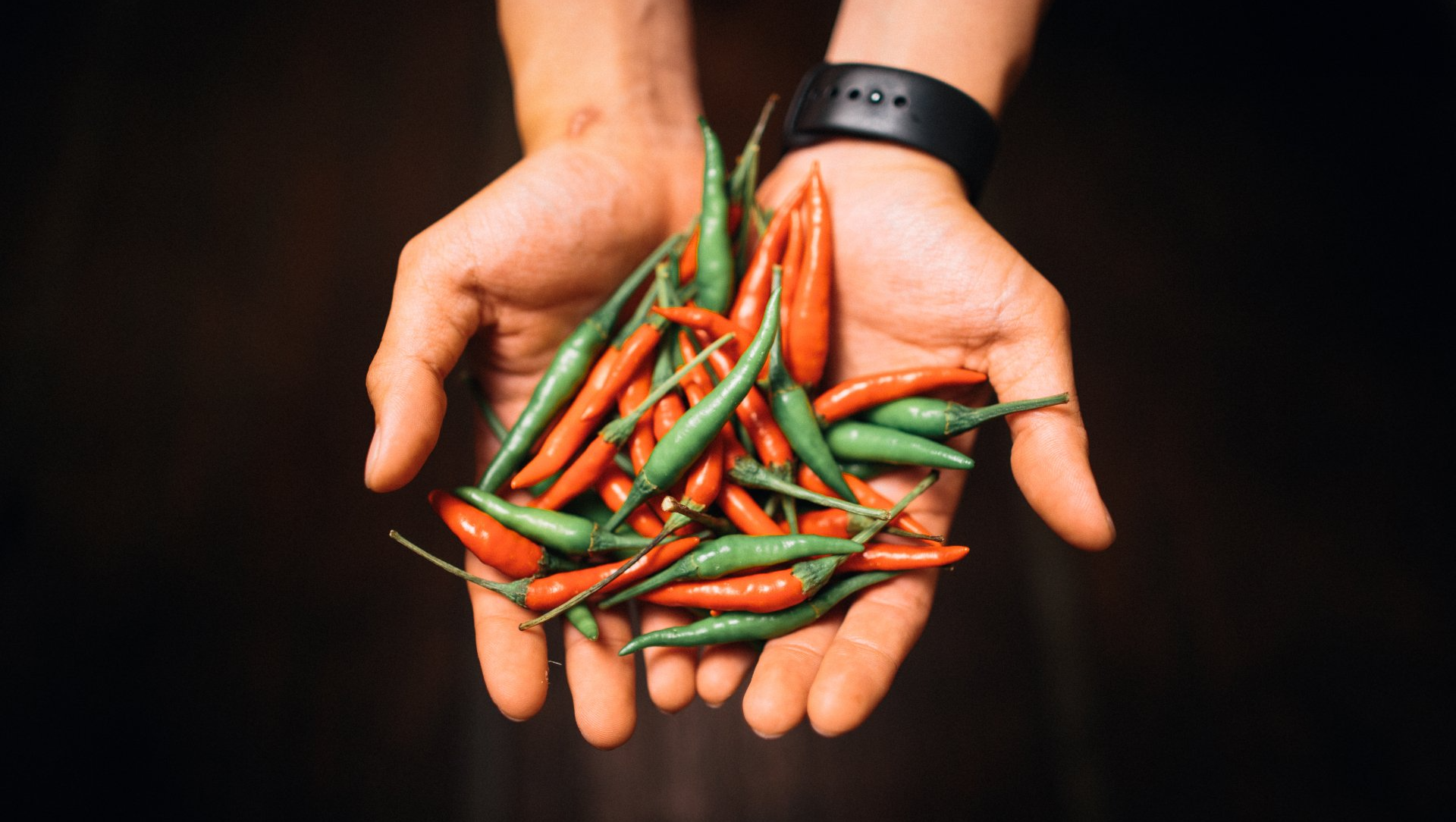
Harvesting Tips
When your peppers are ready, use pruning scissors or shears to cut ripe peppers off the vine, leaving a short stem attached. Try not to pull off by hand, this can cause the entire branch to break.
You can harvest your peppers at different stages of maturity. Young peppers are mostly green while most mature peppers are red.
To store peppers, wash the fruit and pat dry. Peppers will continue to change color for 3 days after harvest when stored at room temperature. To stall maturing, place in the fridge.
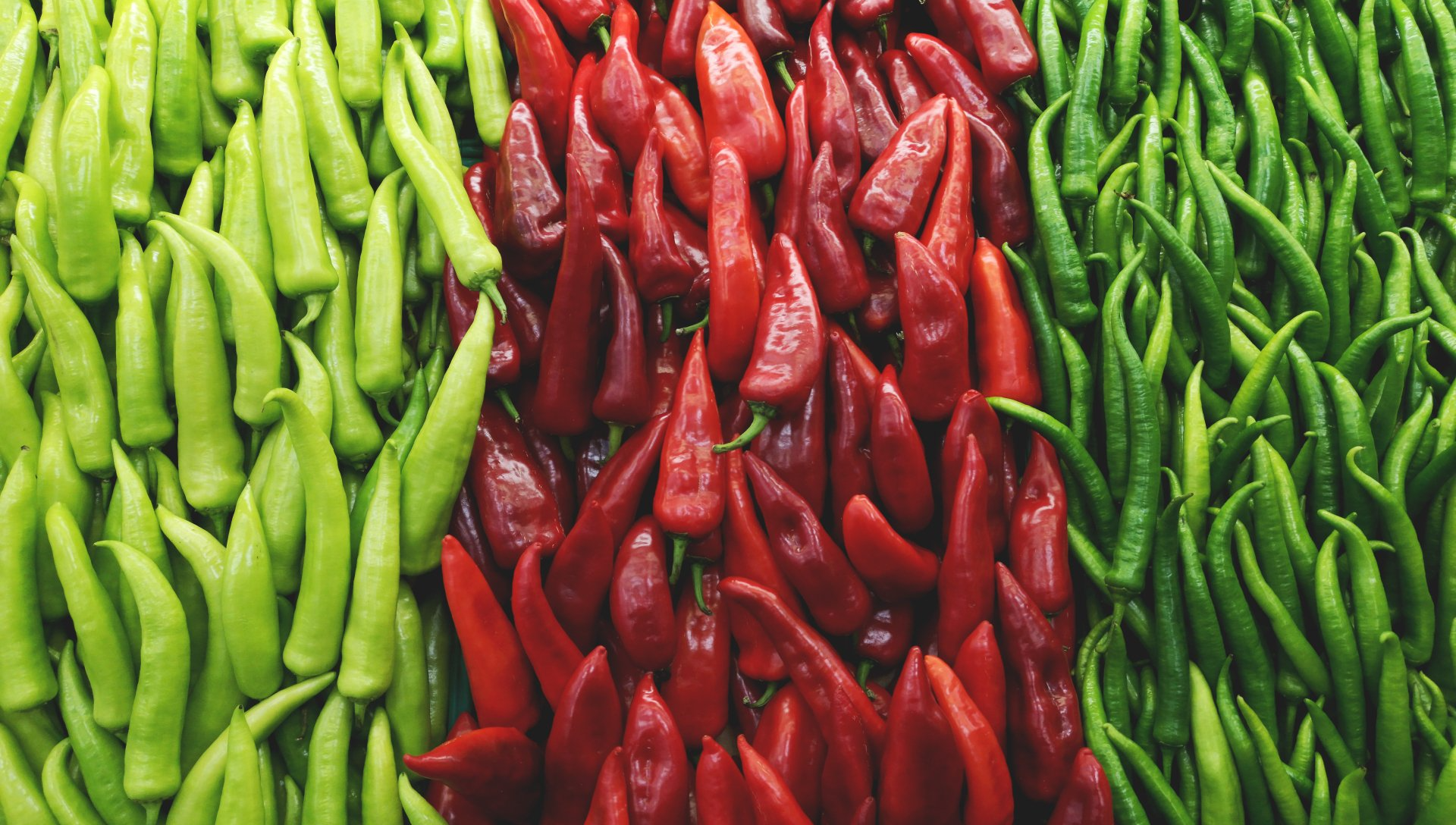
Peppers are one of our absolute favorites in the garden and we have a great selection of seeds in the Root & Roux Garden Shop available now! If you miss the window for planting this fall, just save your seeds in a cool, dry place and you can plant in the spring! Please let us know what your favorite varieties are as we are always on the lookout for new ones to try ourselves and offer in the store!
Happy gardening ya’ll!
